Making spray perfume at home is a great way to personalize your scent and avoid synthetic fragrances. By using essential oils, you can create a fragrance that not only smells great but also provides aromatherapy benefits. Synthetic fragrances often contain chemicals that can be harmful to your health, so making your own perfume allows you to control the ingredients and create a safer product. Here are the steps to make your own spray perfume.
Key Takeaways
- Making spray perfume at home allows you to personalize your scent and avoid synthetic fragrances.
- Essential oils can provide both a great smell and aromatherapy benefits.
- Creating your own perfume gives you control over the ingredients, making it a safer alternative.
- Follow the step-by-step guide to make your own spray perfume easily.
- Experiment with different essential oil combinations to create your own unique fragrance.
Understanding the Anatomy of Perfume
All perfumes are made up of different “notes” that combine to create a unique scent. Understanding these perfume notes is essential for creating a well-balanced fragrance. Perfume notes are categorized into three main categories: top notes, middle notes, and base notes. Let’s delve deeper into each category:
Top Notes
The top notes are the first scents you smell when you apply a perfume and are usually the most noticeable. These notes are vibrant and refreshing, designed to capture your attention immediately. Common top notes include fragrances like lavender, lemon, bergamot, and orange. They provide the initial burst of scent and typically last for about 10 to 30 minutes.
Middle Notes
The middle notes, also known as heart notes, form the core of the perfume and are responsible for the main scent. These notes emerge once the top notes start to dissipate and can last for several hours. Middle notes are often floral, warm, or spicy, adding depth and complexity to the fragrance. Some examples of middle notes are jasmine, rose, ylang-ylang, and cinnamon.
Base Notes
The base notes are the foundation of the fragrance and provide the long-lasting essence. These notes emerge after the middle notes fade away and can linger on the skin for hours or even days. Base notes are typically richer and heavier, adding warmth and depth to the perfume. Common base notes include vanilla, amber, musk, patchouli, cedarwood, and sandalwood.
By understanding the different perfume notes and their characteristics, you can create a well-rounded fragrance that evolves over time. The combination of top, middle, and base notes is what gives each perfume its unique personality and allure.
Ingredients and Supplies for DIY Perfume Spray
To make your own perfume spray, you will need the following ingredients and supplies:
- Distilled water
- Vodka (or other alcohol base)
- Essential oils (top, middle, and base notes)
- Spray perfume bottle
Distilled water acts as the base for your perfume spray, providing a neutral foundation for the fragrance. Vodka, or any other alcohol base, is essential for helping the scent evaporate and disperse into the air when sprayed.
Essential oils are the key ingredients for adding fragrance to your spray. They can be classified into three types: top notes, middle notes, and base notes. Top notes are the initial scents you smell, while middle notes provide the main component of the perfume. Base notes help extend the longevity of the fragrance.
You have the freedom to choose any essential oils you prefer, allowing you to create your own personalized blend. By experimenting with different combinations of oils, you can craft a scent that suits your preferences and reflects your unique personality.
Finally, you will need a spray perfume bottle to hold and dispense your homemade perfume. Opt for a bottle with a fine mist sprayer to evenly distribute the fragrance.
Now that you have gathered all the necessary ingredients and supplies, you’re ready to dive into the exciting process of making your own DIY perfume spray!
Step-by-Step Guide to Making DIY Perfume Spray
Creating your own DIY perfume spray is a simple and rewarding process. Just follow these steps to craft a personalized fragrance that suits your taste:
- Pour distilled water into a glass bottle.
- Add vodka to the bottle. This helps to disperse the scent and make it linger longer.
- Add the desired number of drops of essential oils. Aim for 10 drops of top note, 10 drops of middle note, and 5 drops of base note. This combination will create a harmonious blend of scents.
- Stir the mixture with a wooden spoon to thoroughly combine the ingredients.
- Allow the perfume to sit for 24 hours before using it. This allows the scent to fully develop and mature.
Remember, the beauty of making your own DIY perfume spray is that you have the freedom to experiment and customize. You can adjust the amounts of ingredients, try different essential oil combinations, and even add your own unique twists. Let your creativity run wild and create a signature scent that is uniquely yours.
Additional Perfume-Making Ideas
While the basic recipe for DIY perfume spray is a great starting point, there are many variations and options you can explore. Get creative and experiment! Here are some ideas to inspire you:
Create DIY Perfume Variations
- Lighter Body Spray: For a subtle and refreshing scent, use only distilled water in your perfume recipe. This creates a lighter fragrance that can be used as a body spray for a hint of aroma throughout the day.
- Stronger Scent: If you prefer a more intense and long-lasting fragrance, try using only vodka as the alcohol base. This helps to amplify the scent and create a stronger perfume spray.
Personalized Perfume Options
- Custom Essential Oil Blends: Play around with different combinations of essential oils to create your own unique fragrance. Mix and match top notes, middle notes, and base notes to find the perfect blend that suits your preferences.
- Explore Different Alcohol Bases: Aside from vodka, you can experiment with different types of alcohol bases such as rum or brandy. Each type of alcohol imparts a distinctive character to the perfume, allowing for greater customization.
- Carrier Oil Substitutes: Instead of using vodka as the alcohol base, you can substitute it with a carrier oil like fractionated coconut oil. This creates an alcohol-free perfume option that is ideal for those with sensitive skin.
By exploring these perfume-making ideas, you can create a wide range of DIY perfume variations and personalized options to suit your individual style and preferences. The possibilities are endless!
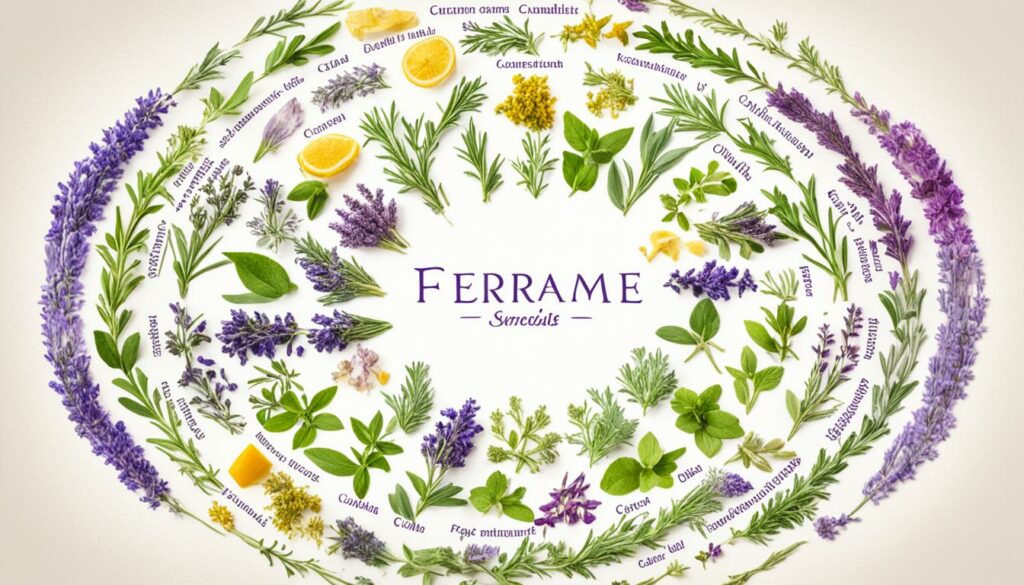
Conclusion
Making your own spray perfume at home is a fantastic way to unleash your creativity and craft a unique signature scent. By using natural ingredients such as essential oils, you can personalize your fragrance and steer clear of the harmful chemicals commonly found in commercial perfumes.
Whether you yearn for a delicate and floral aroma or a bold and woody fragrance, the possibilities are endless. With a few simple steps, you can embark on a fragrant journey and create a DIY perfume spray that is exclusively yours.
Don’t be afraid to experiment with different combinations of essential oils to discover the perfect blend that resonates with your personality and style. Through the art of fragrance-making, you have the power to design a scent that captivates the senses and leaves a lasting impression.
FAQ
Can I make spray perfume using only water without vodka?
Yes, you can create a lighter body spray by using only distilled water as the base. However, adding vodka helps to evaporate the scent and disperse it into the air.
How long should I let the perfume sit before using it?
It’s recommended to let the perfume sit for 24 hours before using it. This allows the scent to fully develop and blend together.
Can I adjust the amount of essential oils I use?
Absolutely! You can adjust the amounts of essential oils based on your personal preference. Experiment with different combinations to create your desired fragrance.
What other variations can I try when making DIY perfume spray?
You can try using only vodka for a stronger scent or substitute vodka with a carrier oil like fractionated coconut oil. You can also experiment with different combinations of essential oils to create your own unique scent.
Are DIY perfumes safer than commercial perfumes?
Making your own perfume allows you to control the ingredients and avoid the harmful chemicals often found in commercial perfumes. By using natural ingredients like essential oils, you can create a safer and personalized fragrance.

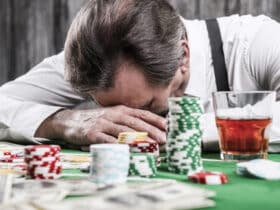



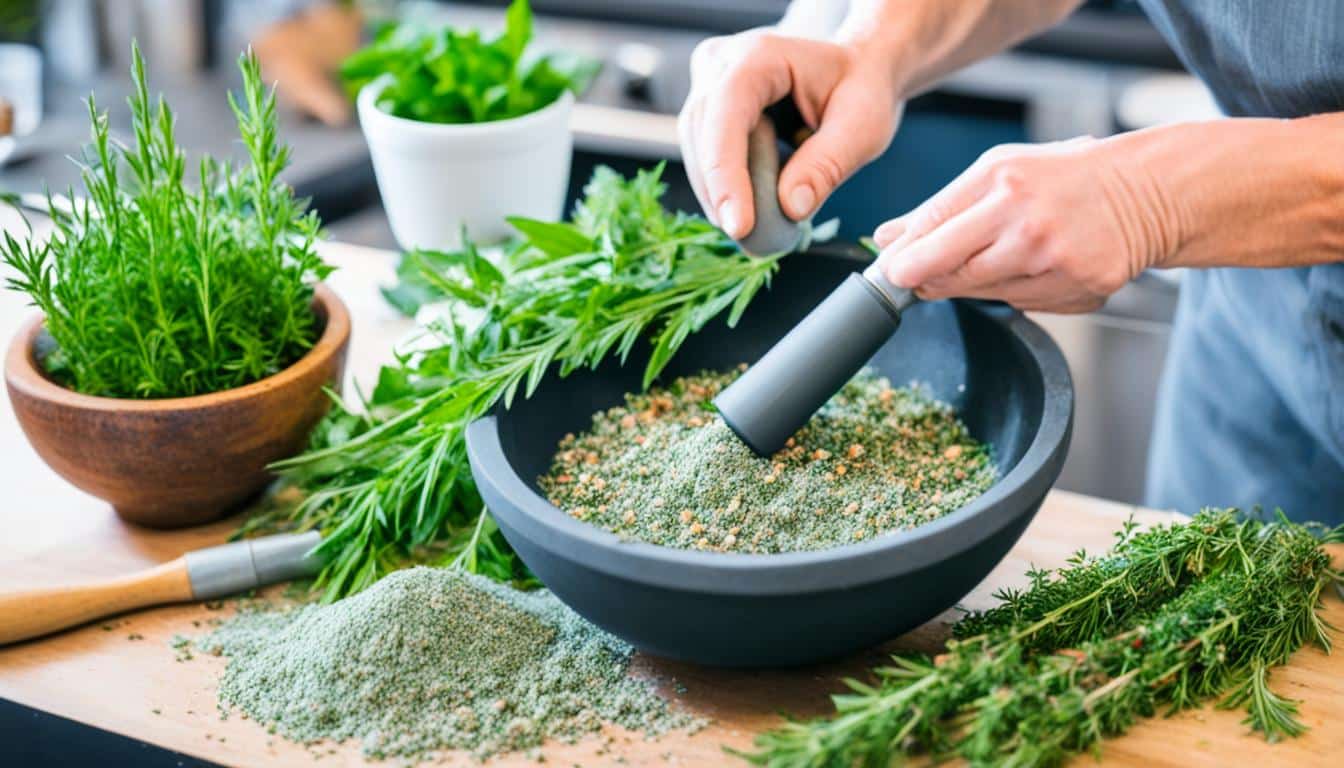





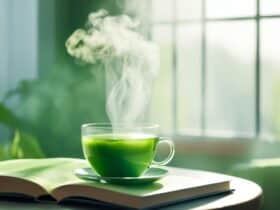

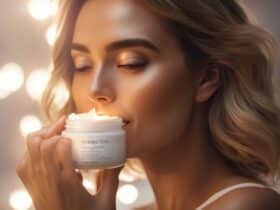
FIND US ON SOCIALS